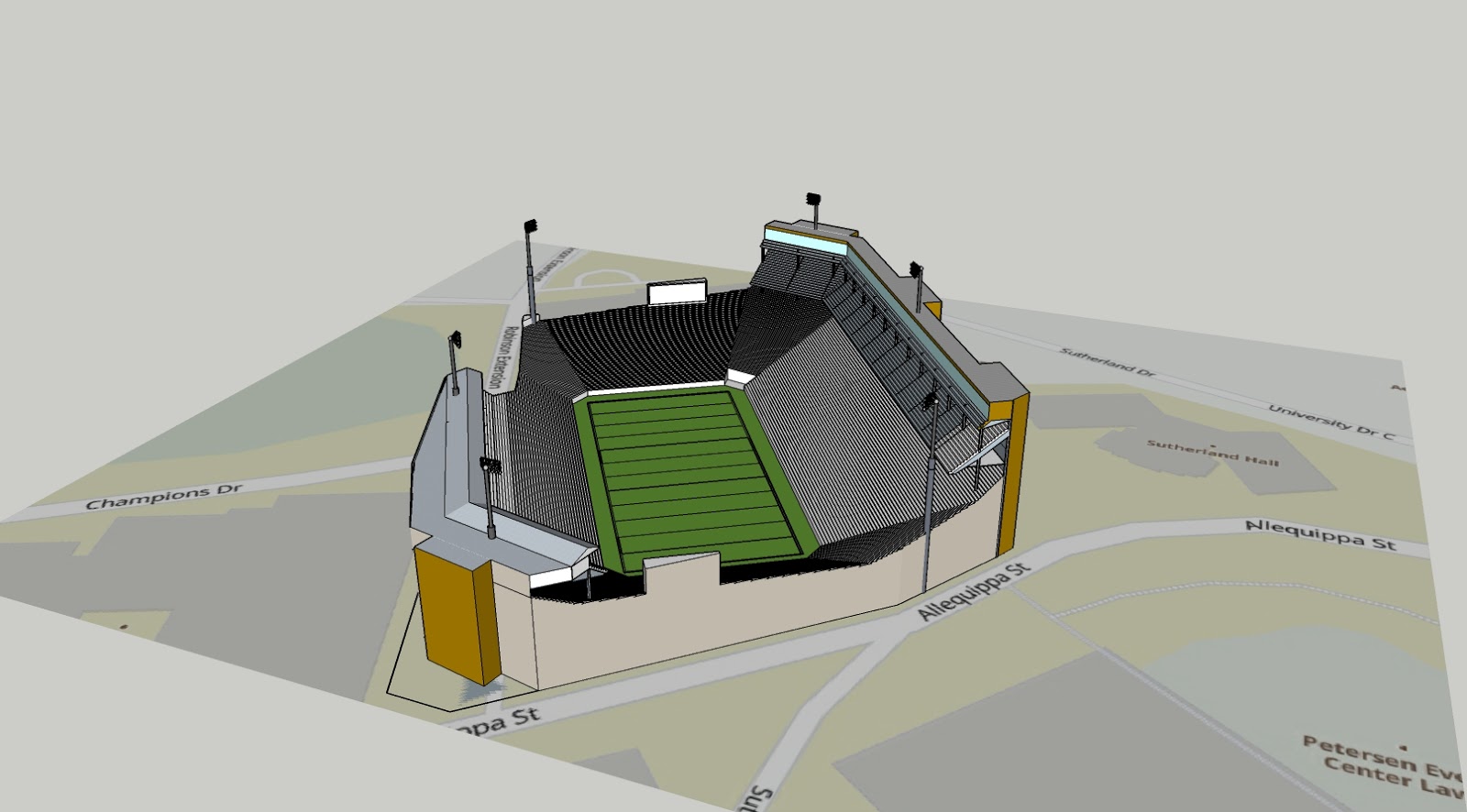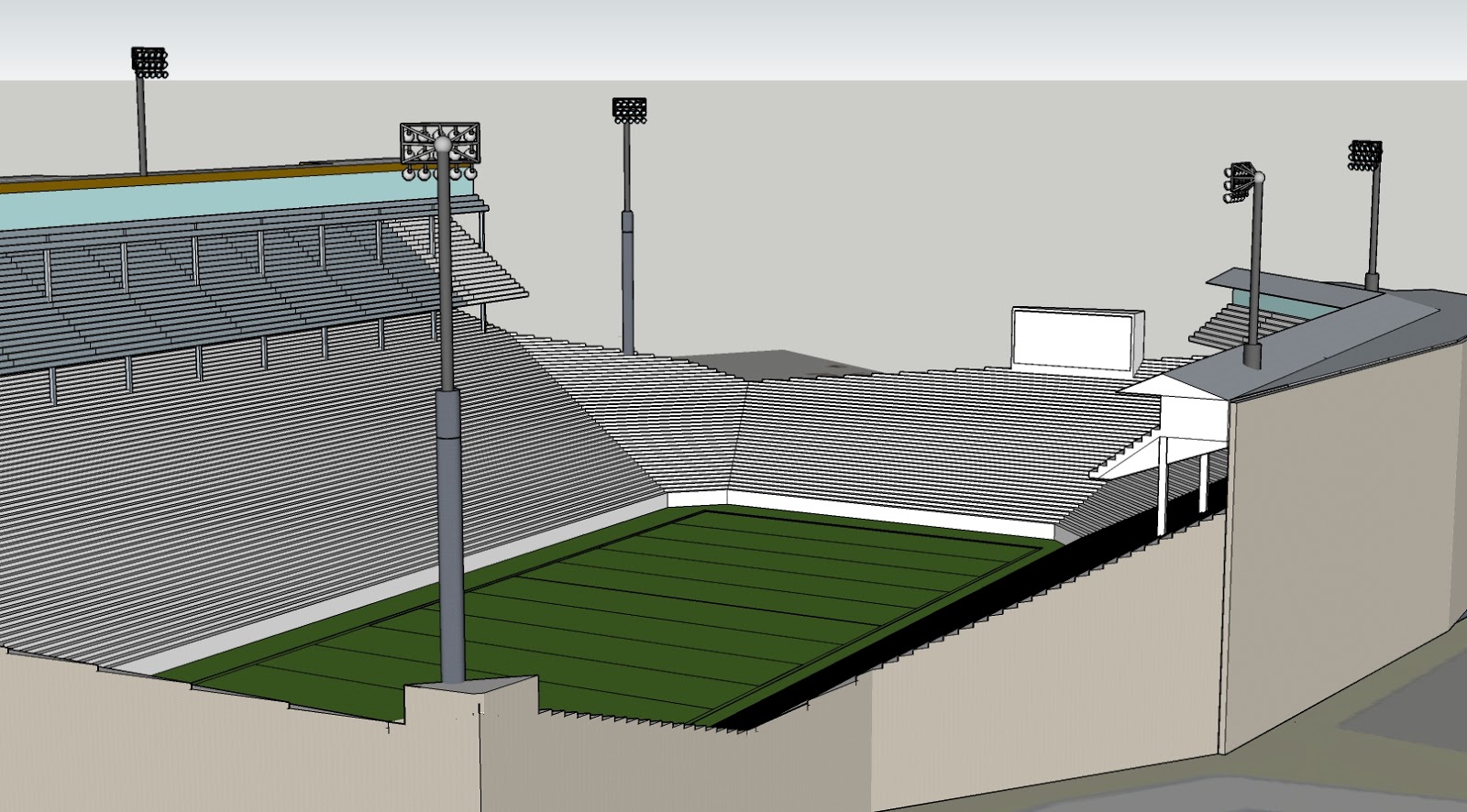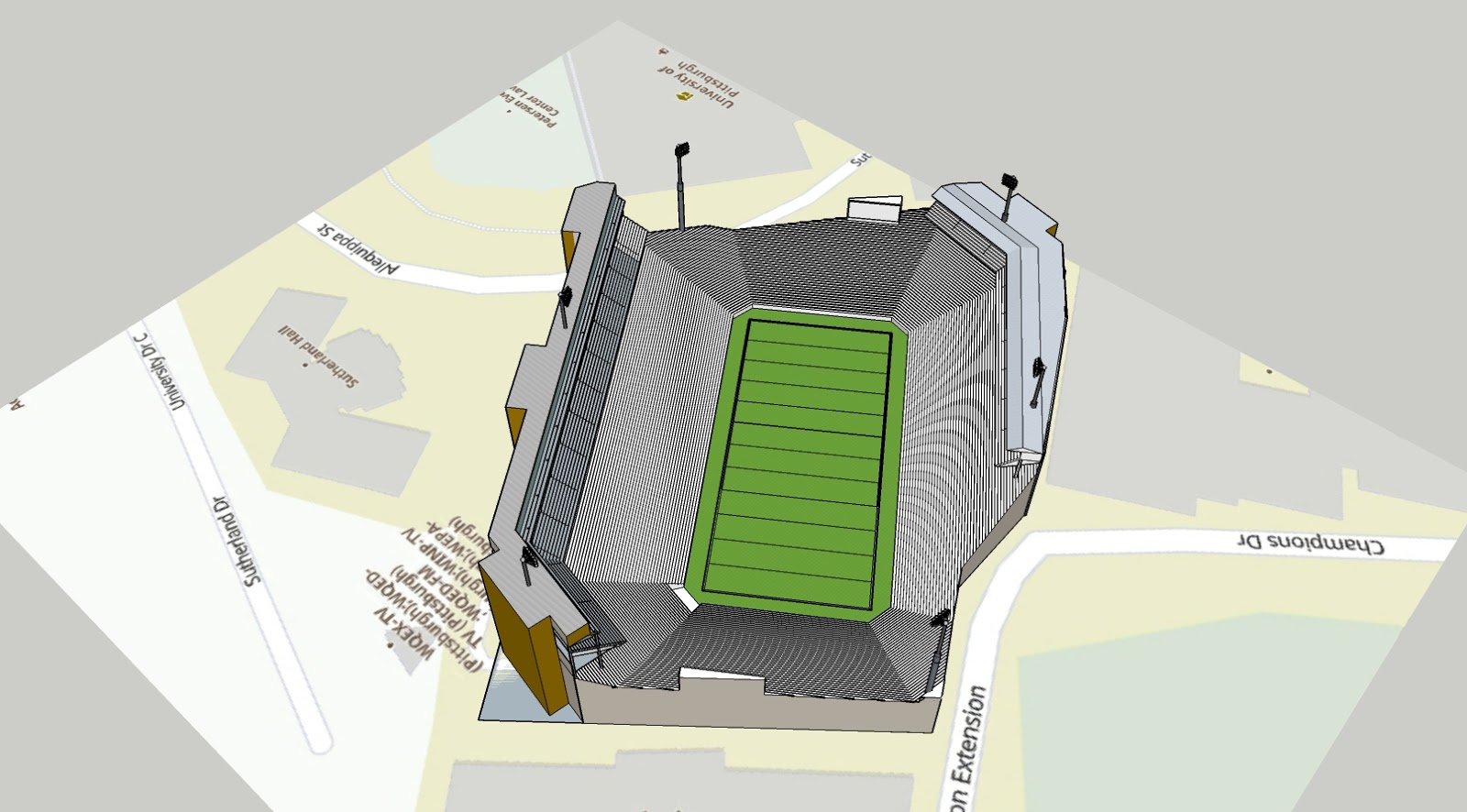Hi everyone. I've been reading for years, but I'm quite new to the board as a contributor. Thanks for welcoming me to the discussions up to now.
I wanted to share some (amateur) analysis that I had done on a often-discussed topic around here: Pitt football attendance. I don't mean to dwell on it, and I'm kind of annoyed that this is the first thread that I've started, as I risk being called out as a troll. But I think that I have done some work on it that you might find to be different than the same tired arguments. Specifically, I did a statistical analysis of all 112 Pitt home football games from the opening of Heinz Field through the end of the 2017 season. The sample is small, and I need to revisit the model with data for the last couple years, but I was surprised to find so many factors that are statistically significant. I looked at all available data points that I could think of: team performance, time of day, time of year, opponent, weather, and several other factors. And here is what I found:
If this is found to be interesting, I can share more findings. If not, well it'll just get buried below the other interesting topics here, no harm done. Thanks for reading, if you've made it this far.
I wanted to share some (amateur) analysis that I had done on a often-discussed topic around here: Pitt football attendance. I don't mean to dwell on it, and I'm kind of annoyed that this is the first thread that I've started, as I risk being called out as a troll. But I think that I have done some work on it that you might find to be different than the same tired arguments. Specifically, I did a statistical analysis of all 112 Pitt home football games from the opening of Heinz Field through the end of the 2017 season. The sample is small, and I need to revisit the model with data for the last couple years, but I was surprised to find so many factors that are statistically significant. I looked at all available data points that I could think of: team performance, time of day, time of year, opponent, weather, and several other factors. And here is what I found:
- Start with 25,400
- Add 2,000 if playing a G5 school.
- Add 4,000 if playing a conference game.
- Add 6,000 if playing a non-conference P5 school that is not ND, PSU, WVU
- Add 16,100 if playing Penn State, Notre Dame, or West Virginia
- Add 3,500 if the Steelers are at home the next day
- Add 4,500 if first home game
- Add 2,800 if Homecoming
- Add 2,600 if it’s a dry day (not raining)
- Add 2,700 is the opponent is ranked but Pitt is not
- Add 5,400 if Pitt is ranked but the opponent is not
- Add 8,100 if both teams are ranked
- Count how many wins the team has at the end of the season. Multiply that number by 1,600 and add it to the total (this doesn't help look forward, but it really increases accuracy).
- If not first home game, count how many idle/away weeks the team has had since it’s last home game. Multiply that number by 900 and add it to the total.
- Count how many home games Pitt has already had so far that season. Multiply that number by 1,100 and subtract it from the total.
If this is found to be interesting, I can share more findings. If not, well it'll just get buried below the other interesting topics here, no harm done. Thanks for reading, if you've made it this far.





